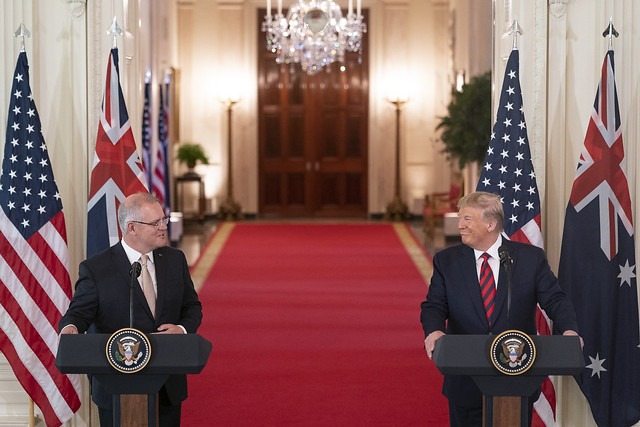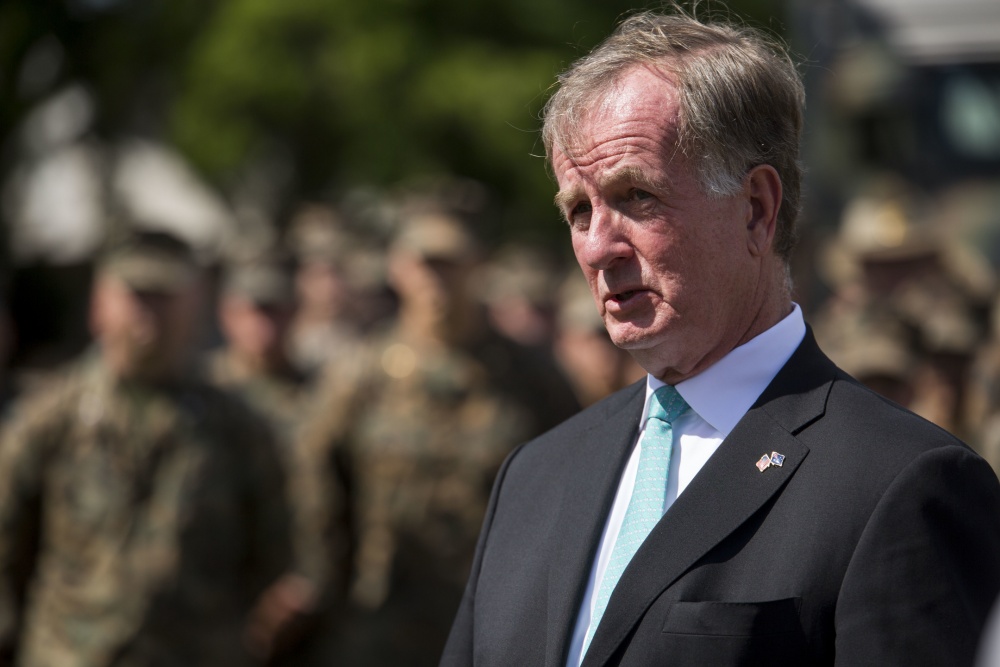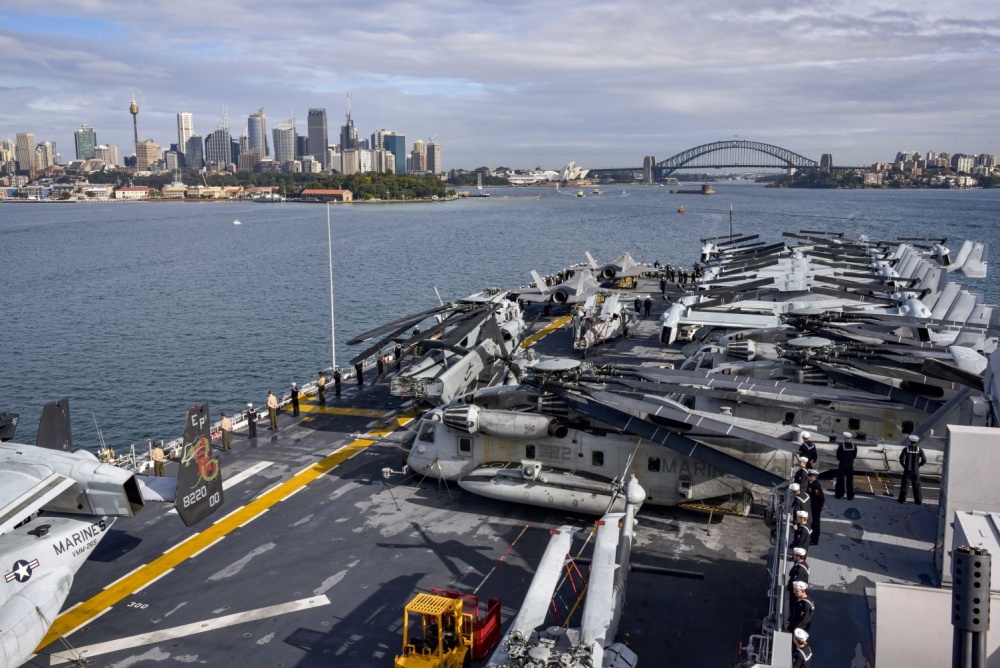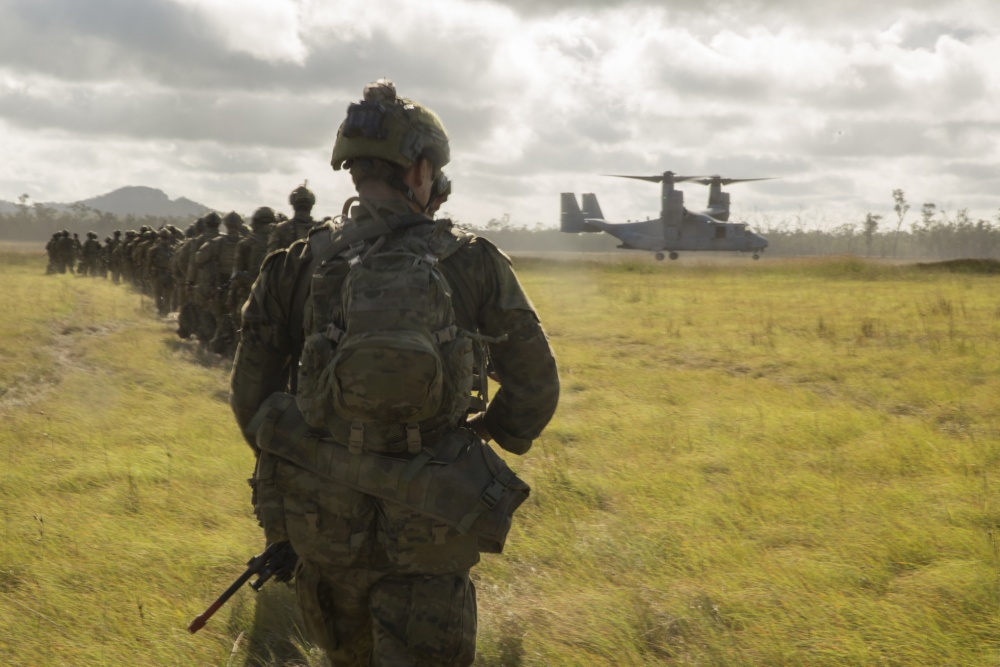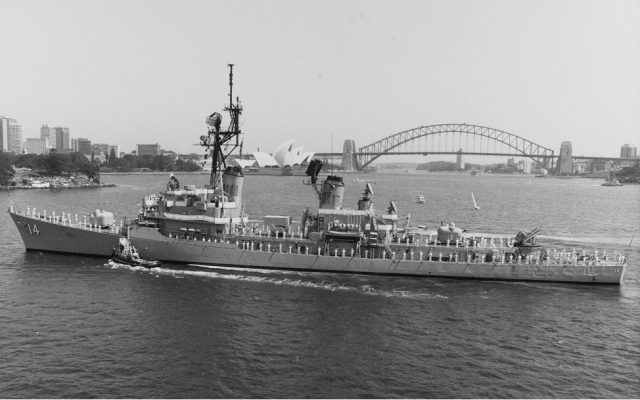Standing alone: why Australia can’t rely on America
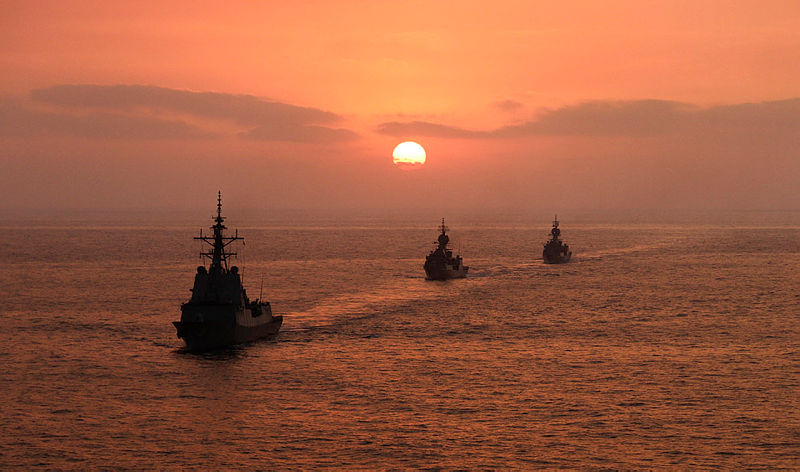
In How to defend Australia, I argued that if we are to take our defence seriously, we need to prepare to defend Australia from a major Asian power independently. That is necessary, I said, because we can no longer take the support of powerful allies for granted in the decades ahead.
Many people disagree. Here on The Strategist and elsewhere they have argued that we can and should continue to depend on our allies, so our forces should be designed to fight alongside them, and do not need to be able to fight alone.
It’s important at the outset to be clear that this is not about whether we should choose to abandon our alliances. Of course we shouldn’t. Some people might think that strategic independence is inherently preferable to depending on allies, but not me. I think Australia has benefited enormously from our alliances in the past, and I’m as eager as anyone to find allies we can depend on in the future.
In my book (for example, pages 139–146 and 293–296), I argue at length that we should look for allies wherever possible, and that in defending our strategic interests beyond our closest Pacific island neighbours we have no choice but to do so. Moreover, I argue that ensuring the military capacity to do that should be a significant factor in designing our forces.
So, I’m not saying that we don’t want allies. I’m saying that we can no longer assume that we will find them when we need them—either in America or in the region or both. In this post I’ll focus on America, and in a later one I’ll explore the prospects for regional alliances.
Those who say that we should continue to depend on America offer variants of three arguments. They say that America has always been committed to our alliance in the past, so it always will be in the future. They say that Washington’s growing determination to confront and contain China today makes the alliance stronger than ever. And they say that the deep bonds of history, values and sentiment ensure that the alliance will endure no matter what happens.
Let’s deal with the sentimental argument first. Such talk—‘100 years of mateship’ and all that—abounds whenever the alliance is discussed, but we should not be misled about its significance. History is very clear here. Real alliances—the ones that impose real costs and risks, which are the only ones that matter—only work when there’s a clear alignment of strategic objectives.
That’s because countries only commit themselves to alliances, and accept those costs and risks, to serve their own objectives, not their allies’. History, values and sentiment play well in AUSMIN press conferences, but when war looms, and alliances really matter, they count for very little.
America’s commitment to Australia’s security has always been a product of its wish to preserve its wider strategic position in East Asia and the Western Pacific. That remains true. We can continue to depend on America as long as America remains committed to preserving that position. The question is, how long will that be?
Those who are confident that it will be a long time point out that America has been the leading strategic power in East Asia for over a century, and has seen off many challengers before. But I argue that this time it’s different, because China’s size and wealth make it more formidable than any rival America has ever faced in Asia, or anywhere else.
That means in the long term it will probably cost America more to resist China’s challenge than it did to resist earlier challenges. The question, then, is whether those costs will outweigh the benefits to America of preserving its position in East Asia. If they do, its strategic commitment to the region, and hence to Australia’s security, will fade.
The optimists counter by saying that America has already answered that question. Since the release of the US national security strategy in December 2017, they say, Washington has loudly proclaimed its determination to confront and contain China’s challenge and preserve its leadership in East Asia.
But is it serious? The tough talkers in Washington have yet to articulate a strategy to wage and win their ‘new cold war’ with China, but they plainly assume, quite wrongly, that it will be relatively cheap and easy. That’s because they continue to underestimate China’s power and resolve, as they have done for so long.
As I argued in Without America, containing China will require Washington to convince Beijing that it is willing to fight a nuclear war to preserve its strategic position in Asia. This really will be a new cold war, and if the last cold war is any guide, winning it will demand a massive mobilisation of US public opinion behind the idea that preventing Chinese domination of East Asia is essential to the security of the US itself.
Whether that can be done depends a lot on whether the underlying strategic judgement is true. It would be true if, but only if, China had the potential to dominate the whole of Eurasia. And how likely is that, with India, Russia and Europe all committed to preventing it? Not likely enough, I believe, to convince Americans they need to bear the costs and risks of a new cold war with an adversary even more formidable than the Soviets.
And indeed many important Americans are already unconvinced, including, it seems Donald Trump. He seldom if ever talks of China as a strategic, rather than economic, rival, and has never committed himself to his own administration’s ‘new cold war’ rhetoric. And what of his Democrat rivals? Does anyone see the next Harry Truman there among Joe Biden, Elizabeth Warren, Pete Buttigieg and Bernie Sanders?
Of course, that may change. It’s possible that America under some future leaders will seriously commit itself to preserving its strategic position in our region, and hence ensure that the alliance with Australia remains strong. What would count as compelling evidence of that?
First, a clear and credible strategy to defeat China’s challenge. Second, a realistic assessment of how much that strategy will cost, and what risks it will entail, based on a sober estimate of China’s power and resolve in the decades ahead. And third, a robust demonstration that Americans at large are convinced that those costs and risks are worth bearing over many decades.
Unless and until we see that, we cannot be confident enough of America’s long-term strategic future in Asia to base our defence policy on the assumption that America will help defend us if we are threatened by a major Asian power. Which is why I believe we need to start thinking seriously about how to defend ourselves.

